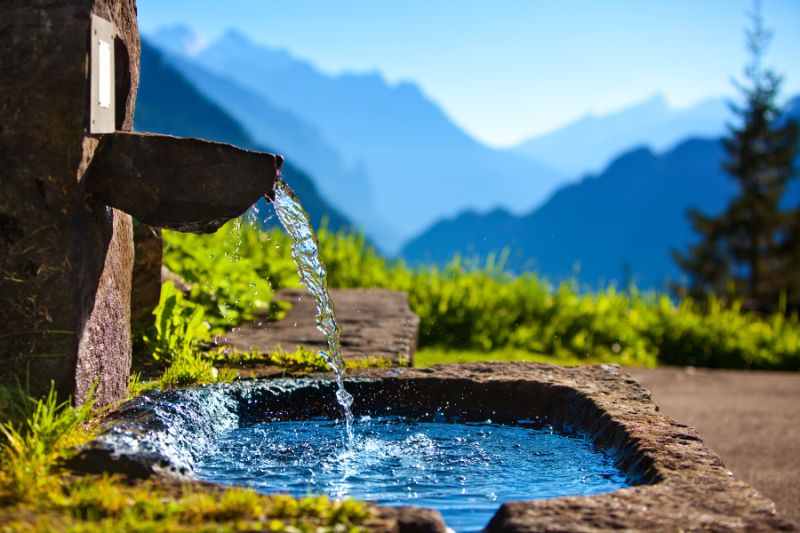What is Reverse Osmosis Water Filtration?
Using reverse osmosis water filtration is a great way to reduce contaminants in your water. It is important to choose the right system for your needs. For example, if you are replacing your drinking water, you should look for a unit that filters 50 gallons or more each day. Also, be sure to purchase a tank large enough to hold your filtered water.
(Searching in Google “water filtration & softeners“? Contact us today!)

Reverse osmosis water filtration works by forcing water through a semi-permeable membrane. The membrane allows only particles up to a specific size to pass through. This pore size is typically around 0.0001 microns. The membranes are made of several different types, including hollow fiber and spiral-wound. The membrane is used to reduce a wide variety of contaminants including sediment, heavy metals, viruses, bacteria, and more.
The effectiveness of a reverse osmosis membrane depends on the contaminant’s chemical properties and the condition of the membrane. Typically, the more chemical contaminants present, the more efficient the reverse osmosis membrane is. The efficiency of a membrane can also be affected by the operating conditions of the system. The best systems will be able to remove at least 98% of contaminants from water.
Depending on your needs, you may also want to invest in a system that has additional water treatment stages. For example, if you want to avoid abrasive minerals, you might consider a system that has a re-mineralization filter. These filters introduce calcium and magnesium into your purified water. These minerals balance the pH of your water. This can also help reduce bad tastes and smells.
You might also want to consider a system that uses ultraviolet light to destroy bacteria and viruses. These systems may also help reduce fluoride. However, these systems can also reduce the overall quality of your water.
If you’re looking for a water filtration system that’s effective, consider buying one that includes a carbon filter. This filter will help to remove chlorine, as well as many other chemicals. This filter will also help reduce volatile organic compounds (VOCs) such as dioxins and polychlorinated biphenyls.
You can also consider a reverse osmosis system that includes a pre-carbon filter. This filter is made of activated carbon, which helps to keep chemical compounds from passing through the membrane. It can also help to remove larger particles that might clog a subsequent filter.
Finally, you should also consider a reverse osmosis filter that has a tank for storing filtered water. This will help you to have fresh water at all times.
Before installing a reverse osmosis system, you should read the manufacturer’s instructions. Failure to replace filters can lower the quality of your water. This is especially true if you live in a region with poor water quality. Depending on your needs, you may want to consider buying a unit that has a smaller tank and a slow refill rate. This will allow you to filter only the water you need.
While a reverse osmosis system can remove contaminants from your water, it is important to keep in mind that they may be wasteful. You’ll want to have a system that has a variety of stages of water filtration, and you’ll need to periodically maintain your system.

